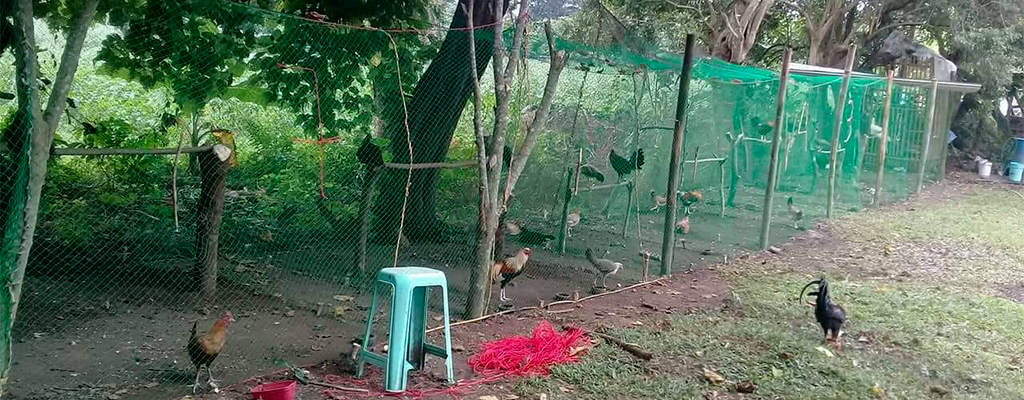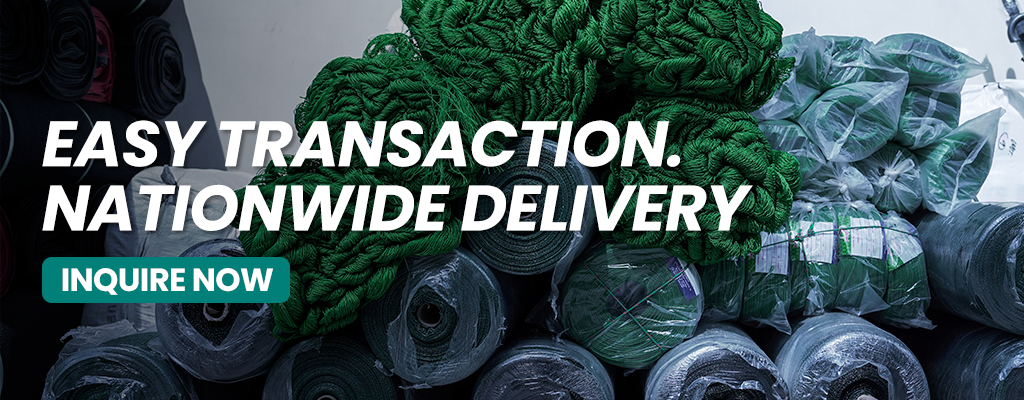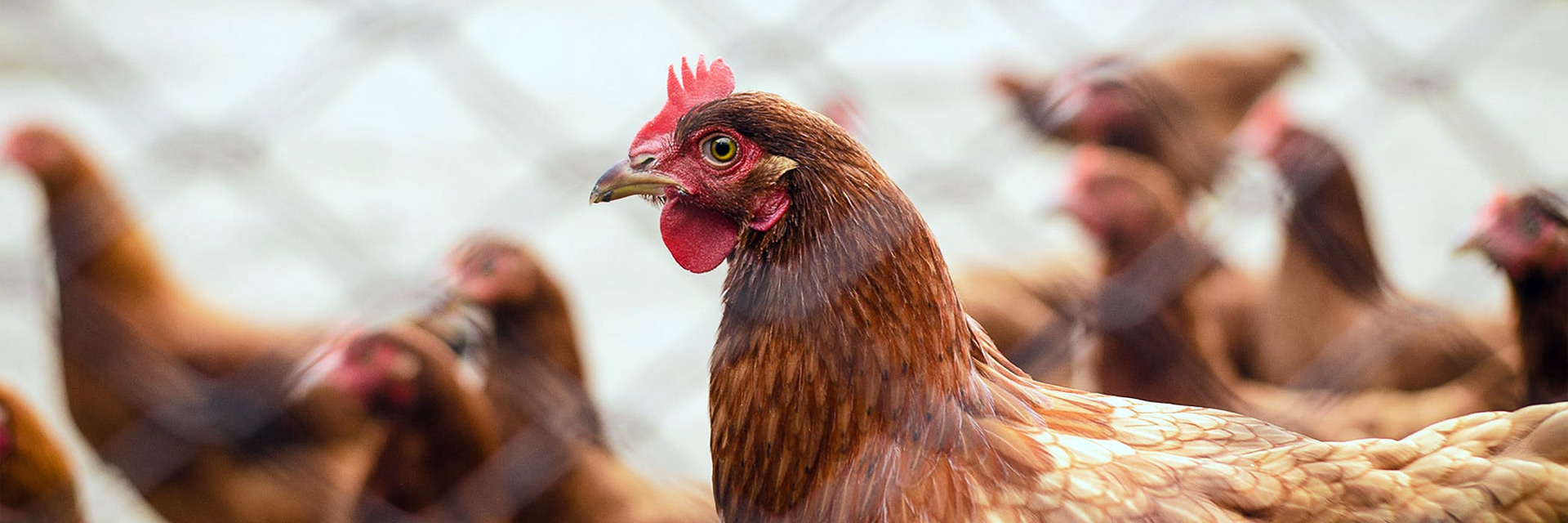While pork has been the preferred meat for Pinoys for years, chicken took the top spot for the first time last year with dressed chicken production making headway by 40% in the last decade according to the Philippine Statistics Authority. However, this development isn’t only attributed to how FIlipinos have long shown love for staple traditional dishes such as tinola, adobo, or afritada. It also has something to do with how more farmers have switched to other methods of poultry farming including using free range nets for healthier and happier chickens.
As the numbers have it, getting into the free range poultry business is easy enough for many to try out. Local chicken breeders and farmers have adapted the practice as early as the late ‘90s just as when the demand for healthier and organic chickens had increased. And it’s quite a no-brainer considering how easy it is to start a free range poultry farm when you have some ample space for it. All you really need are the right free range nets, a couple of chickens, a coop, and the determination to succeed.
Want to know how you can start your own free range poultry farm? Here are a few useful tips to help you out:
Paano magtayo ng maayos na free-range housing para sa mga manok?


While there are many ways to build comfortable housing for your chickens, free ranging has been proven to be the healthier option with more benefits for the long term than traditional and commercial methods. With the use of free range nets, you can secure and protect your chickens while still giving them access to green plants in your backyard or other nearby pastures.
Know which right mesh measure you need for your chickens here.
As opposed to yarding or setting up fences to confine your chickens within an open space, free range nets allow your feathered friends more room, sunshine, and the natural vitamins they get from green plants. It also increases the prevention of contracting diseases and parasites which they can catch from overcrowding.
Here’s how you can easily set up your free range nets. First determine the area of your free range space and set up your starting and ending posts prior to attaching the free range nets to avoid spacing mistakes. You may use wooden or metal posts for your frame but do make sure they’re sturdy when buried to the ground.
Once you’re done with that, bury the other posts until you work your way around to your end point. Make sure your free range nets are slacked out as possible and that they are all the way to the ground so your chickens won’t be able to go through or fly over them. For some areas within your frame where the nets seem to be sagging a bit, you can buy plastic push-in posts from local producers like Philippine Ranging Nets to latch the nets to the soil better. Always remember, if there’s a way out, your chickens are going to find it.
After setting up your free range net, you can start adding chicken coops, waterers, stock cages (for mating), perches, and whatever else you find necessary to make it a more comfortable environment for your entire brood.
Anong klase ng manok ang maganda para sa free range poultry?


Depending on your end goals, whether you’re more keen on egg laying than meat production, there are plenty of good breeds out there that can quickly adapt to free ranging.
If you are looking to produce bigger and more eggs, try going for such breeds as Buff Cochin, Silver Laced Wyandotte, Rhode Island Red, or White Leghorns. On the other hand, breeds like the Black Copper Maran lay those brown eggs which can cost more in the market but really doesn’t have any nutritional difference with the white ones.
For the best chickens for meat production, broilers are your best bet but breeds like Cornish Cross, Freedom Rangers, or Bresse can also give you good ROI. Pay attention to important factors such as weight, how long your chickens can grow full size, which ones are more resilient in various weather conditions, and of course price. Heritage breeds are slow to grow but have longer outdoor life spans than other breeds but they can be a bit expensive.
Paano panatilihing malusog ang iyong mga manok habang nasa free range?


Choosing the right feeds that will give your chickens the right nutrients and vitamins will always be essential even though you are already giving them freedom to forage for food organically. Small chicks would need high-protein starter feeds until they reach 8 weeks. From then, switch them to a diet that gives them more energy than protein such as steamed beans and peas, processed soybeans, or those commercial developer diet feeds.
Aside from giving them the right feeds, give them the necessary shots of medicine and antibiotics to keep them healthy and avoid an outbreak. Know which ones are essential here.


Let the experts help you out on your new free range venture. Check out Philippine Ranging Nets and our line of quality Filipino-made products including range nets, shade nets, and other poultry raising accessories. Send us an email at [email protected] or call +63977 007 0228 to learn more.




